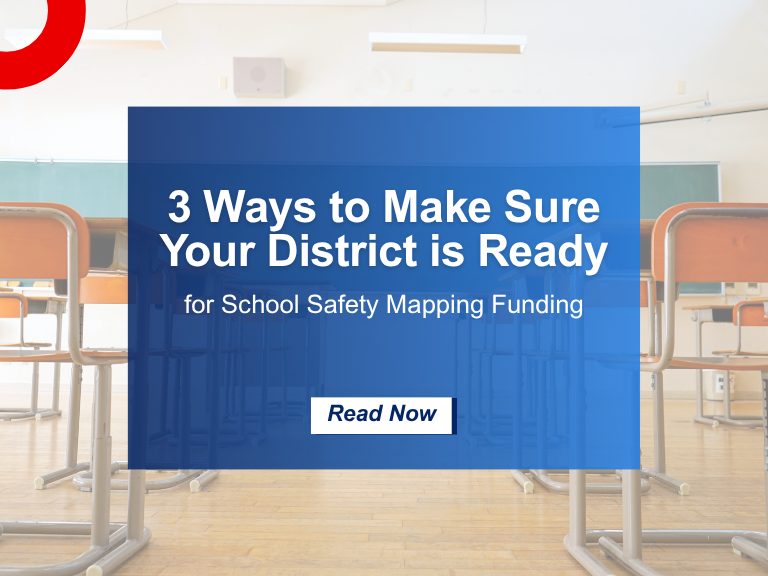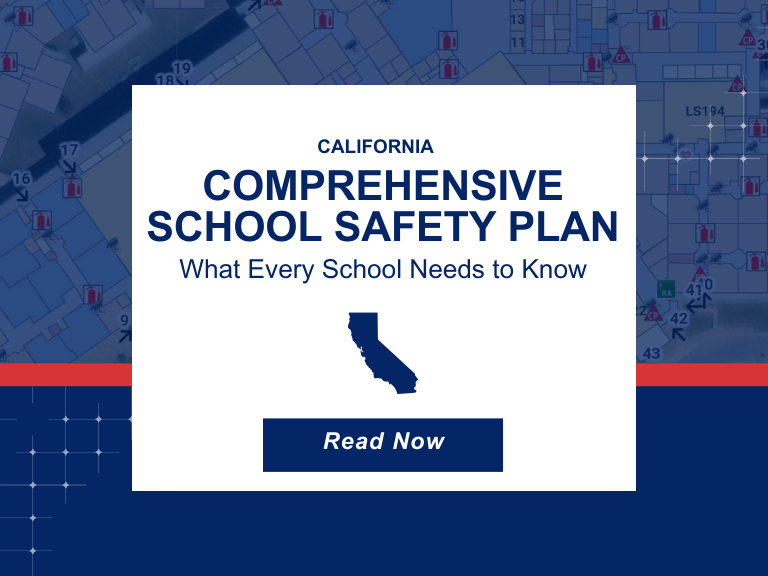Working together to ensure the safety and well-being of our students and faculty by providing accurate school mapping for more informed emergency response.
During times of school emergencies, from medical issues to serious threats, seconds truly make a difference. Getting the right information to the right person at the school and to public safety as quickly as possible is critical to minimize the negative effects of emergencies, including the potential for saving the lives of our most vulnerable.
What are the experts saying?
During times of emergency response, school safety experts emphasize the need for emergency communication solutions that can provide support to students and staff onsite while enabling first responders to get to the event as quickly as possible. The Partner Alliance for Safety Schools (PASS) Safety and Security Guidelines for K-12 schools highlights 3 main area that schools can focus on to improve emergency communications:
Accurate Mapping. Faster Response. Safer Schools.
GeoComm School Safety is a game changer for schools by enabling panic button and 9-1-1 caller locations to be displayed on a detailed indoor map of the school and alerts other authorized users to the incident. This GIS solution provides detailed indoor maps of schools and surrounding grounds, and key information needed by school safety authorities, public safety agencies, and first responders for streamlining and reducing emergency response times inside schools.
In addition, GeoComm School Safety integrates seamlessly with existing public safety mapping applications in 9-1-1 call centers and emergency responder applications to help decrease response times and improve communication.
By empowering school safety personnel and local first responders with up-to-the-minute, highly precise and accurate location information and school maps, including indoors, GeoComm Schools Safety will help save lives of staff and students while minimizing negative outcomes.
A dedicated emergency communication system that is specially configured to assist school personnel and public safety during an incident:
The school’s phone system and district email are not equipped to handle emergency events. A separate, and dedicated platform that provides benefit to both public safety and school personnel should be acquired.
Threat information sharing with public safety and building access & awareness to improve response time:
First responders need to know where the threat is and how best to get there.
An accurate 9-1-1 call or emergency notification position for an accurate response:
An inaccurate location from a 9-1-1 call or emergency notification can cost lives. Schools must ensure systems are up to date so that an accurate position is shared by a 9-1-1 call or emergency notification.
Learn more about GeoComm School Safety critical incident mapping solution
May 09, 2023


